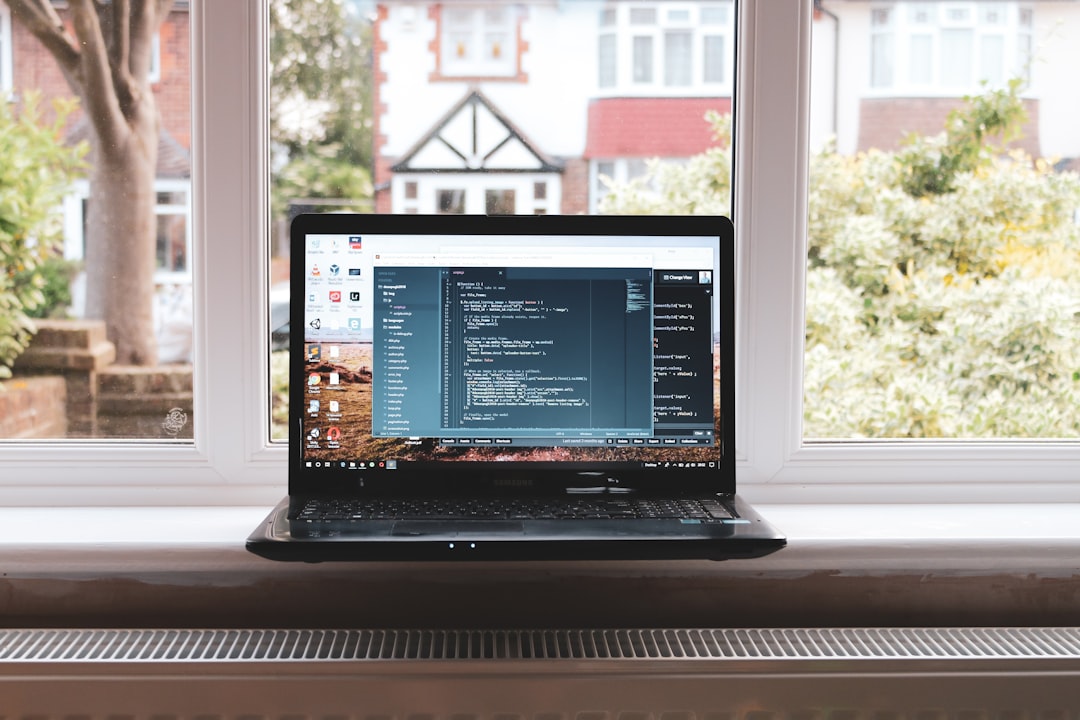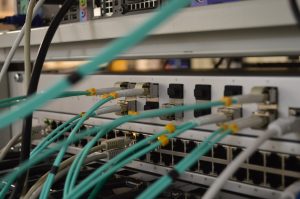
Have you ever opened Task Manager on your Windows computer only to be startled by TiWorker.exe hogging your CPU? You’re not alone. TiWorker.exe, also known as the Windows Modules Installer Worker, plays a crucial role in Windows Updates. However, it can sometimes leave users puzzled when it starts consuming unusually high CPU or disk resources for extended periods.
In this article, we’ll walk you through what TiWorker.exe is, why it uses so many resources, and most importantly, how to fix high CPU usage caused by TiWorker.exe on your Windows system.
What Is TiWorker.exe?
TiWorker.exe is a system process linked to Windows Update. It prepares your computer to receive updates by checking for, downloading, and installing them. It’s part of the Windows Modules Installer service, and its activity often spikes when you’re installing new updates or booting up your machine after an update installation.
While this is normal behavior, problems occur when TiWorker.exe doesn’t stop running or uses excessive CPU and memory even when updates aren’t being installed.

Why TiWorker.exe Causes High CPU Usage
Several factors can cause TiWorker.exe to use high CPU:
- Corrupted or stuck Windows Updates
- An outdated or corrupted Windows Update system
- Conflicts with third-party software
- Accumulated temporary files and logs
Now let’s explore how you can troubleshoot and fix this issue effectively.
6 Ways to Fix High CPU Usage by TiWorker.exe
1. Wait It Out (Temporarily)
If you recently installed updates or restarted your machine, it’s normal for TiWorker.exe to be active for a little while. Give it 15–30 minutes, especially if your PC hasn’t been updated in a while. If the CPU usage remains high after that, move on to the next steps.
2. Run Windows Update Troubleshooter
Microsoft provides built-in troubleshooters to fix Windows Update issues:
- Go to Settings > Update & Security > Troubleshoot
- Select Windows Update and click Run the troubleshooter
This tool scans and fixes issues with Windows Update components that might be causing the CPU load.
3. Clear the Windows Update Cache
Sometimes, corrupted update files can jam the system. Clear the cache by doing the following:
- Type services.msc in the Start search and hit Enter
- Locate Windows Update and Windows Modules Installer, then right-click and choose Stop
- Go to
C:\Windows\SoftwareDistributionand delete all the contents - Return to Services and restart the two services you stopped earlier

4. Update Windows Manually
If automatic updates are broken, try checking for and installing updates manually:
- Visit Microsoft Update Catalog
- Search for the latest updates for your Windows version
- Download and install them manually
Manual updates can help bypass issues in the normal update process that might be triggering excessive CPU usage.
5. Perform a System File Check (SFC)
Use the System File Checker to identify and repair corrupted system files:
- Open Command Prompt as Administrator
- Type
sfc /scannowand press Enter - Let the scan finish and follow any on-screen instructions
This scan can ensure that TiWorker.exe and other vital files are intact and working as intended.
6. Limit TiWorker.exe via Task Scheduler (Advanced)
If none of the above solutions work and TiWorker is persistently problematic:
- Open Task Scheduler via the Start Menu
- Navigate to Task Scheduler Library > Microsoft > Windows > WindowsUpdate
- Locate and disable tasks related to update maintenance
Note: Disabling these tasks may prevent automatic updates. Use this only as a temporary fix.
Final Thoughts
While TiWorker.exe is an essential system process, it shouldn’t be allowed to monopolize your computer’s resources indefinitely. The solutions above range from basic to advanced and should help resolve the majority of high CPU usage scenarios caused by this process.
Regularly updating your system, keeping it clean of temporary files, and monitoring background processes can go a long way in preventing such issues in the future.
Stay proactive, stay updated, and enjoy smoother performance on your Windows machine.






